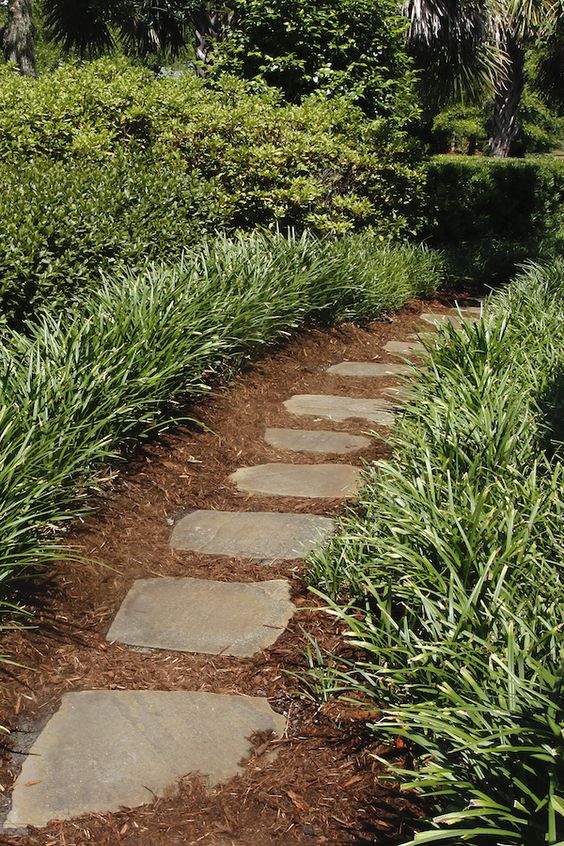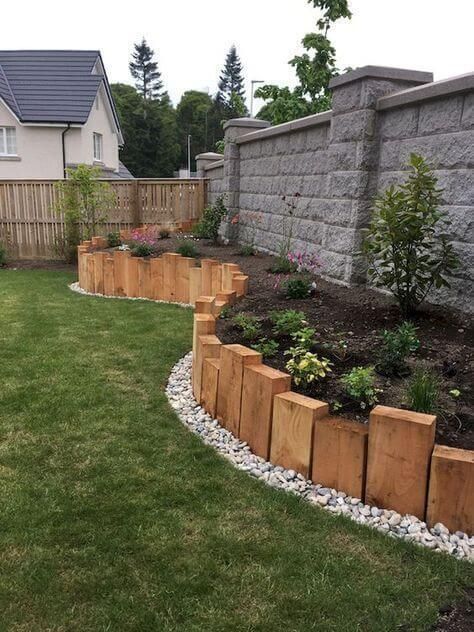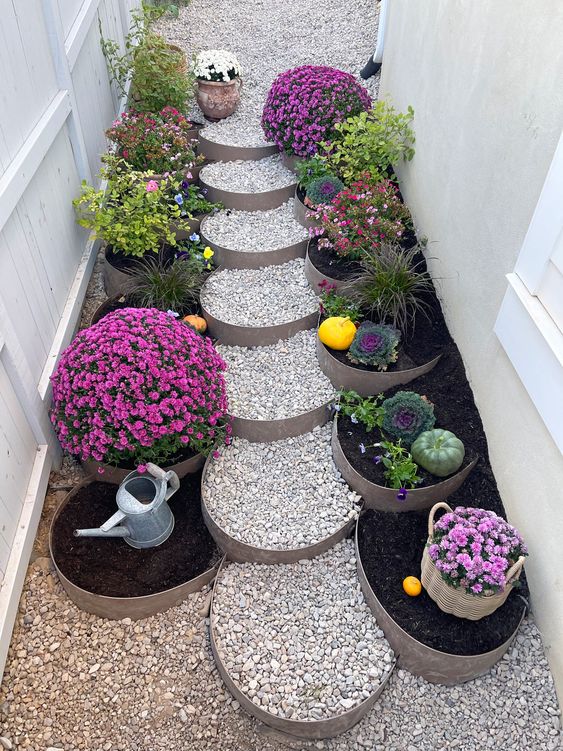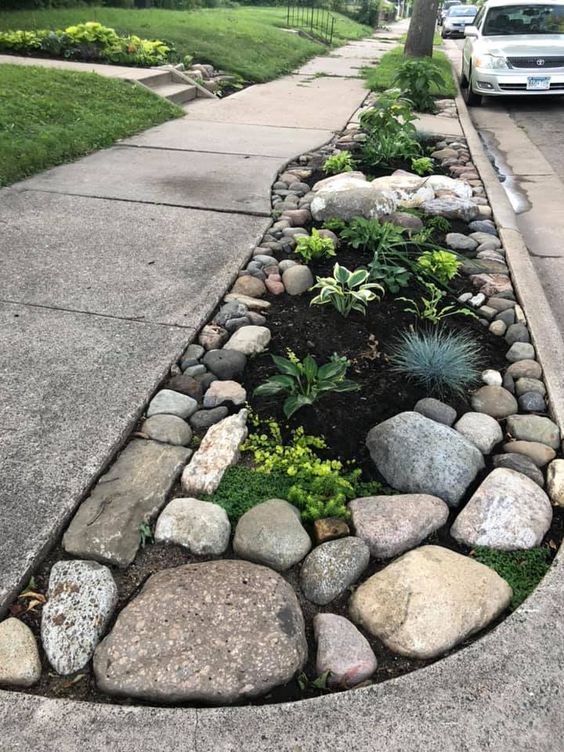Creative gardening is about more than simply coming up with a combination of beautiful flowers and shrubbery for your home’s exterior. It’s about more than simply knowing where to place beautiful plants and where your sustainable garden needs are going to be met best. The art of landscaping begins with the soil and you’re not limited to just the native soil your garden will rest on or the bags of soil you can have delivered to you.


You can get creative with some soil techniques to create stunning gardens year after year. As you do an online search for ‘soil delivery near me,’ you also want to think about what you’ll do with all the soil once you receive it. This way, you have a beautiful garden year after year and spend more time enjoying the fruits of your labor than replanting. Here are some creative soil techniques to use for making stunning gardens.
Mixing Topsoil With Native Soil
If you’re planting several native plants or plants that thrive in your area’s zone, you can get away with simply mixing topsoil you can buy from a soil supplier with the native soil that already exists on your land. Native soil is the soil that your home has been built on, and it’s plenty nutritious on its own. Simply till it up and add topsoil of your choosing (preferably a loamy mix with some added nutritional value to it) to give your future garden a boost in health and growth.
If you don’t know what type of topsoil to mix with your native soil, refer to your area’s planting zone and the type of soil you already have. If you have clay or loamy soil, a topsoil should be purchased that can balance these types of soils out. If you’re worried about any topsoil making your land too acidic to grow sensitive plants, speak to your landscaper or soil specialist for advice. They will help you choose the best topsoil for your needs.
Adding Worms To Your Soil
This is known as vermicomposting and is the art of letting nature naturally break down matter into healthy and rich soil by using worms. Worms eat organic matter and excrete it, which then gets added into soil. You can utilize worms in your garden if you have a large bare area that is quite hard and barren. The result, over time, will be rich and earthy soil that can be used for a variety of purposes.
As a bonus, vermicomposting is not very odorous (unlike other versions of composting) and worms will multiply on their own so the investment is not a major one. Every 2 months, you can double the amount of worms you have as they reproduce. You can buy a small amount of worms to compost your natural and organic waste matter to produce a healthy and beneficial additive for your topsoil.
Adding Compost To Existing Soil
If you want to enhance the quality of existing soil because it’s dry and creates lots of soil erosion, simply mix in compost to it. This method of creative soil techniques allows you to have rich soil that won’t wash away from your home’s foundation in the event of traditional watering or stormwater (or wind, if you live in a windy location). If you plan on planting several flower beds along your sidewalks and around your home’s foundation, for example, using compost such as goat or rabbit matter can enhance your soil and make it more rich and dense. Conversely, you can buy compost from a soil provider. Once your soil has been mixed and topped with compost, you can plant beautiful flowers and shrubbery to give your home the welcoming curb appeal you’ve always wanted without worrying about soil loss.
Recycling And Padding Matter Into Your Soil
Did you know you can mix old newspapers and schoolwork into your soil to help plants grow? Or, you can simply add shredded paper to the bottom of your garden pots so your potted plants can thrive. Not only are you getting rid of paper waste and keeping it out of landfills, but you’re bulking up your existing soil so it’s able to hold moisture longer and create a cushion for sensitive plants and their tender roots.
Similarly, you can use lava and other sponge-type rocks as soil fill to help pad your soil so you shock plants less when they’re being planted. This is less of a technique to use for seeds and more for seedlings, so keep this in mind as you’re coming up with your gardening strategy for your entire garden.
Deciding What Is Best For Your Garden


What’s great about soil techniques is there is no one right way to make your garden stand out. You can choose multiple methods of soil techniques to create stunning gardens, depending on your goals and where you’re planting. The type of soil you buy and the soil you’re working with matter as well. Decide what works best for you and get planting when the season is right, and you’re well on your way to a successful garden.
- 4shares
- Facebook0
- Pinterest4
- Twitter0
- Reddit0



